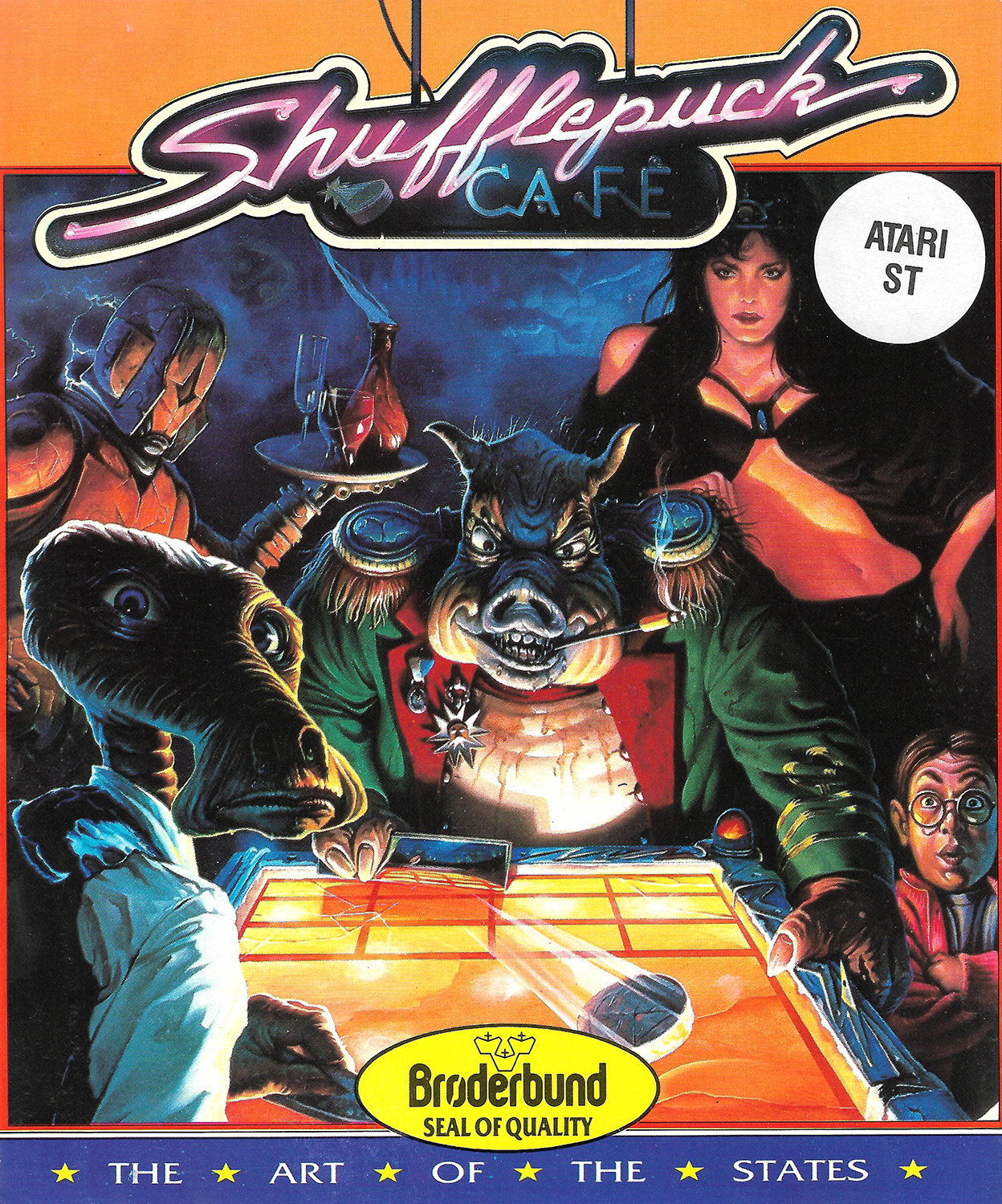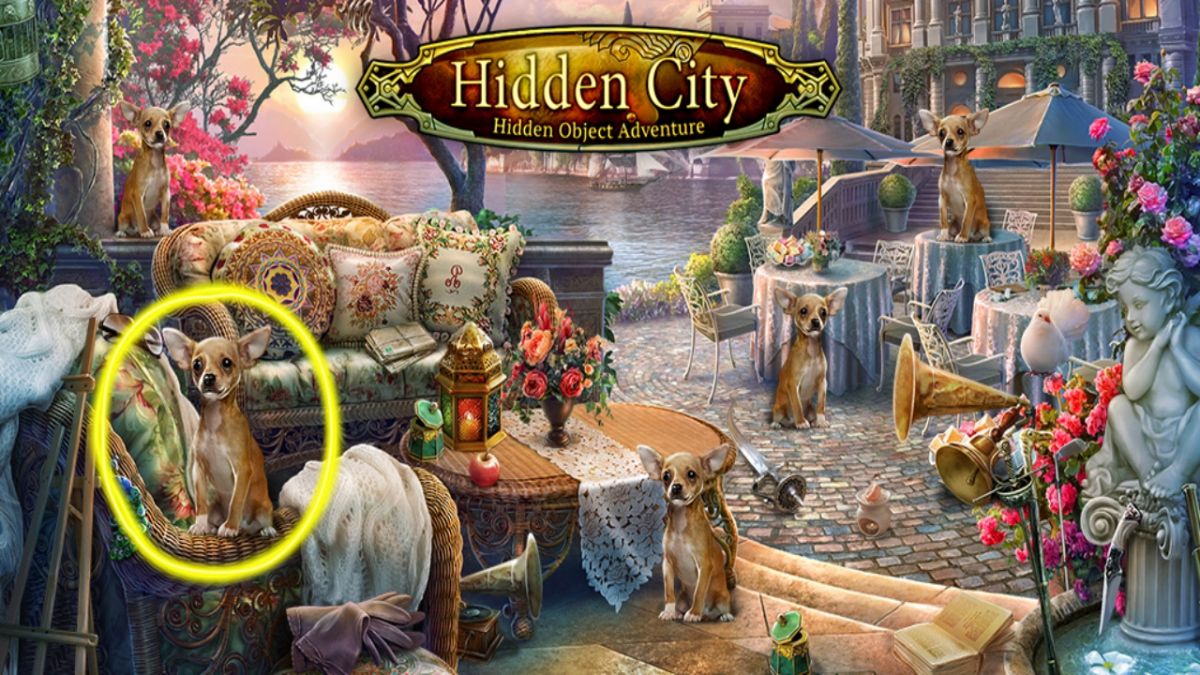
Some character may have a unique aspect that influences their long term capabilities so it’s not always as direct as watching your opponent do literal magic and there are a fair few opponents who just play the game rather well with no extra tricks up their sleeves so meeting a new character does come with a bit of mystery.

When an opponent has a pronounced gimmick like Bejin’s you’ll often find this is the flow of the game, the player needing to find out the one special twist a character has before they can slip into more typical deflection focused play. Deflecting that first serve is key to staying in the game against her, but after the puck has been kept in play she’ll play a more standard game until the next time she’s serving the puck into play. Whenever it’s the princess’s turn to serve, she’ll influence the path of the puck with a magic spell, the player needing to pick up on certain cues to determine how she’ll fling that puck towards you. Princess Bejin, despite being one of the later opponents in the tournament, displays this game’s interesting approach to air hockey best. Rather than having a gimmick to how they play or a weakness to exploit, DC3 is a programmable character, the settings menu for him perhaps a bit to precise without explaining itself well but the ability to craft an opponent to put up however much of a fight you desire definitely helps the game retain some appeal after you start to understand the 8 other opponents, but it still feels like they will be the ones carrying the experience because they can offer a bit more than standard tactics. There is some more traditional air hockey to be had still, the character who offers it most cleanly being the robot waiter DC3 who does not participate in the tournament due to their specific unique characteristic. Each of these 9 challengers plays the game a bit differently, the game less about standard air hockey play and more about learning the particular quirks of an opponent and exploiting those to earn yourself the win. There are 9 unique opponents in Shufflepuck Café, the player able to challenge them to a game by clicking them as they stand around in the bar or they can face 8 of them in a tournament format. Besides having the goal represented by that visual effect though this isn’t too out of the ordinary, but when you start playing against some of your alien opponents you’ll begin to see how Shufflepuck Café tries to spice up the game. You alternate turns serving after someone’s scored a point and each match is a contest to earn 15 points first by getting the puck past the opponent’s paddle to shatter a pane of invisible glass in their goal area. Beyond these basics you don’t have any actions to worry about, and for the most part the opponents controlled by the game follow the same rules as you. You can press a button to shove the paddle forward which is a good way to guarantee a certain amount of force, although that does make deflecting it at strategic angles a bit less likely. If you move your paddle into an incoming puck with some force you’ll speed up its travel and you can influence the angle of your shots pretty easily. Shufflepuck Café’s control are basic and intuitive, the player moving their paddle around their side of the air hockey table just by moving their mouse.

This is the Shufflepuck Café thankfully, so while some of these characters certainly look ready for a scrap, everything is settled here on the air hockey table.

While its release on MS-DOS leaves out the story of an intergalactic salesman whose spaceship has broken down, you immediately get a hearty dose of grungy science fiction as you start up the game, the player transported to a bar of rough looking aliens with low lights and cigar smoke to accompany their looks of disapproval.

While a simple air hockey game you control by moving your mouse might have had some mileage on early home computers, the team at Broderbund decided to get a bit more imaginative with it for their game Shufflepuck Café.


 0 kommentar(er)
0 kommentar(er)
